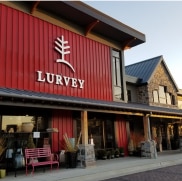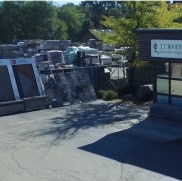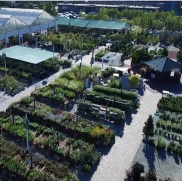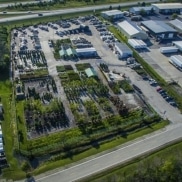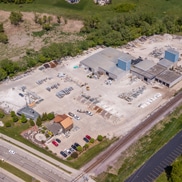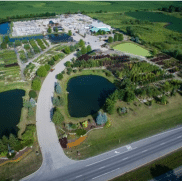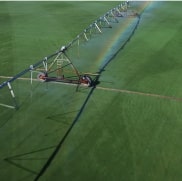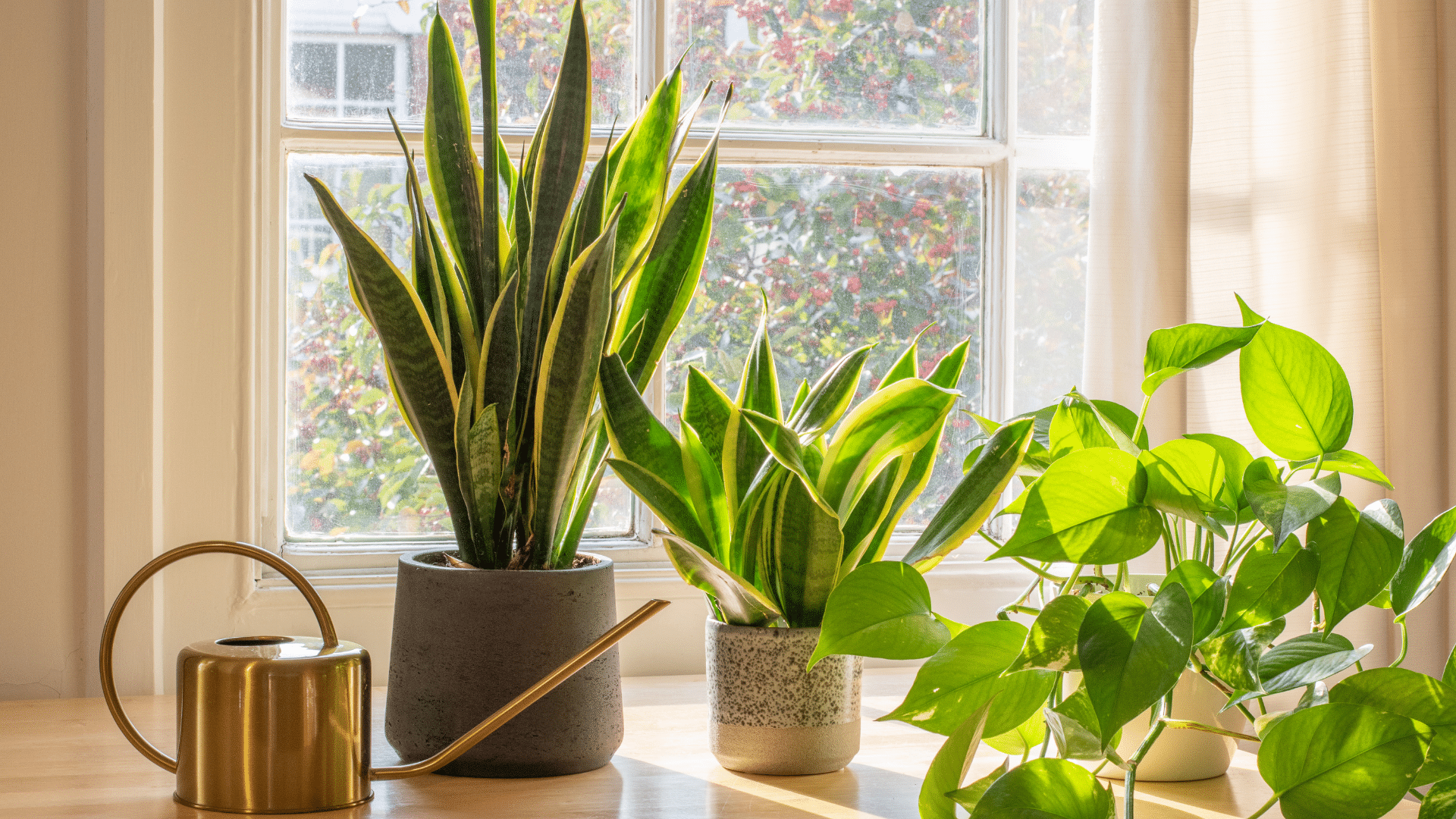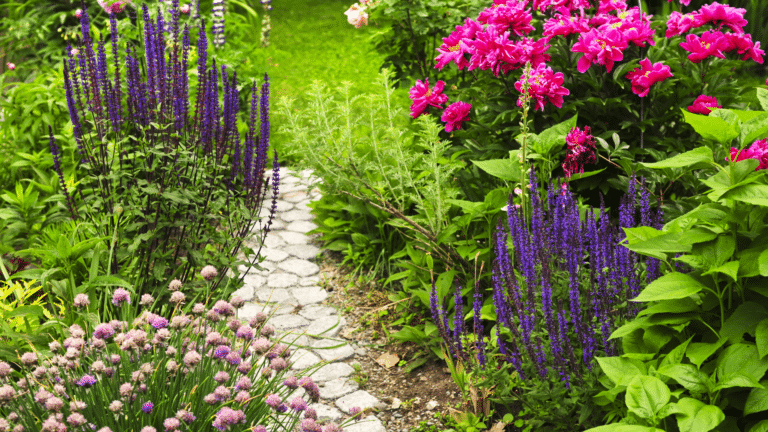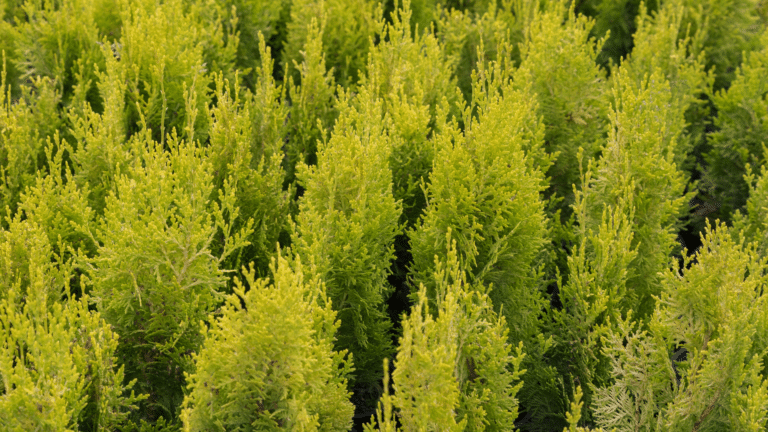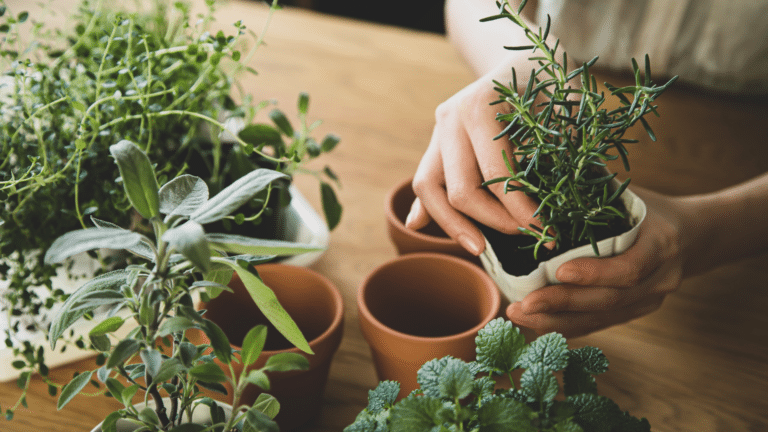Identify the plant, what do you see, what affects it, facts and growing conditions, diagnosis, control and treatment, application, choices of controls, how to find help at Lurvey.
The Plant
Tree, shrub, evergreen, broadleaf evergreen, rose, perennial, annual, vegetable, patio plant, houseplant. Additionally, what are the ideal growing conditions or requirements.
What do you see?
Insects, disease, environmental issues, nothing. Symptoms are the appearance of the plant, anything abnormal. Leaf spots, leaf holes, dieback, yellowing leaves, deformed leaves, wilting, chlorosis, galls, stunting. Signs are the presence of an organism or evidence of it. Eggs, spores, insects, mildew, rust, ooze.
What affects this plant?
What is normal for this plant and knowing what insects or disease or environmental stresses that affect it will help narrow down the issue. Markedly, 80% of the time it is environmental issues that cause a problem.
Plant Facts and growing conditions
The location, environment of shade or sun, soil and water conditions, anything applied to the area, what do plants next to it look like? When did symptoms first appear, was it sudden or gradual? Existing plant or newly planted. Past environmental events like drought or polar vortex. The history of the plant is 75% of the diagnosis.
Diagnosis
Look at the plant again – with more information the cause can be determined if it is insect, animal, disease, environmental issues. Following a thorough inspection, the diagnosis can be determined. Evaluate the significance of the problem, some issues do not need control or are aesthetic only.
Control and treatment
Depending on the diagnosis, use the correct application. Insecticide or fungicide. Read the directions on the label, failure to follow specified instructions may harm the plant and you. Cultural control – Mulching, fertilization, sanitation, spacing, etc. Mechanical control – Pruning, weeding, netting/fencing. Finally, Prevention – Choosing the right plant for the site, weed prevention, systemics, proper watering, scouting for problems.
Application
Spraying options are ready to use sprays, RTU (premixed in spray bottle), ready to spray, RTS (connect to hose and spray), concentrates (must mix and put in container) used in tank or hose end sprayer. Mechanical and cultural will need tools or pruners or the suggested needs. When to apply – depends on diagnosis, some insects and disease can only be controlled at certain times of year. Other considerations are the time of day – morning when cooler and not windy. Temperatures between 55 and 85 degrees, climate – when dry, not windy, avoid heat of sunshine. Use proper PPE (Personal Protective Equipment).
Choices of control
Organic or synthetic. Synthetic controls are manufactured compounds made from chemical elements, animals, petroleum products. As with synthetic fertilizers, chemicals are immediately available to plants, very concentrated, and dissipate in a short time. Organics, however, are derived from natural sources, mined, animals, plant base, with little processing. Give long term benefits, as with organic fertilizers, they are slowly released, stay in the soil, and are low in concentration.
Lurvey help
On the Lurvey website Lurvey.com under Services/Planting, is a Plant RX form with questions to answer and an available photo option. Or email to planthealth@lurveys.com. with a description and photo. Our phone number is 847-824-7411, ask for plant health. Also, please come to the Home and Garden Center with photos or samples in a sealed plastic bag.
